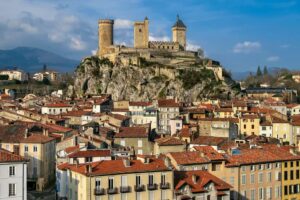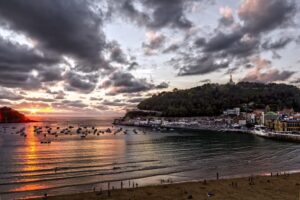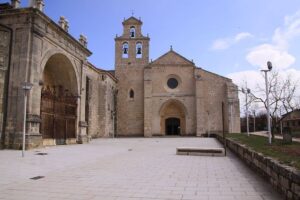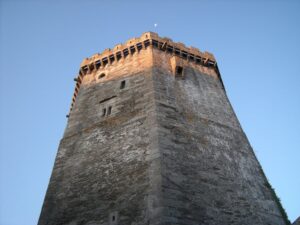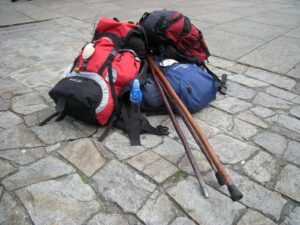
The Cathar Route is a fascinating itinerary that runs through the south of France following the traces of a spiritual movement persecuted during the Middle Ages. Castles perched on cliffs, mountain trails, villages frozen in time… everything here seems to whisper stories of resistance, faith, and transformation.
If you have ever walked the Camino de Santiago —or if it’s on your list of experiences— this alternative route may captivate you with its symbolic significance and natural beauty. Throughout this guide, you’ll discover why the Cathar Route deserves a place on the list of every curious walker in search of more than just landscapes.
Índice de contenidos
- 1 Who were the Cathars?
- 2 The Cathar Route: itinerary, stages, and attractions
- 3 A journey through history, landscape, and spirituality
- 4 Can it be linked to the Camino de Santiago?
- 5 Similarities and differences with the Camino de Santiago
- 6 Practical tips for preparing your journey
- 7 The pilgrimage experience beyond Compostela
- 8 Is it worth walking the Cathar Route?
Who were the Cathars?
The Cathars were followers of a Christian doctrine considered heretical by the Catholic Church.
Their dualistic view of the world —a constant battle between spiritual good and material evil— led them to reject wealth, earthly goods, and papal authority. They advocated for an austere life, free from violence, and promoted spiritual equality between men and women. In an era dominated by the power of the Church and feudal hierarchies, this was, to say the least, revolutionary.
This movement grew strong in Languedoc (now southern France), especially between the 11th and 13th centuries. However, their popularity became their downfall. The Church declared them heretics and, in 1209, with the support of the French monarchy, the Albigensian Crusade was launched: a brutal campaign that ravaged cities, destroyed entire communities, and pursued the extermination of the Cathars.
Although they disappeared as a religious group, their legacy remained in the collective imagination, in castles that are impossible to conquer, and in trails we can still walk today in search of history.
The Cathar Route: itinerary, stages, and attractions

Known as Le Sentier Cathare (GR-367), this is a long-distance trail that crosses the Occitania region in southern France. It stretches from Foix, in the Ariège department, to Port-la-Nouvelle, on the shores of the Mediterranean, or to Duilhac-sous-Peyrepertuse, if the goal is to focus on the most symbolic heart of Catharism.
In total, it covers about 250 km, typically divided into 12 to 14 stages, though it can be adjusted to the pace of the walker. It is a demanding route, with significant elevation gains, ideal for experienced hikers or those willing to take on a challenge that rewards every effort with unforgettable landscapes.
Itinerary
The Cathar Route can be divided into sections that can be adapted to the pace and fitness level of each walker. Below is a proposed classic stage schedule, with starting point, destination, and approximate distance, ideal for walking the entire route from Foix to Port-la-Nouvelle.
- Stage 1: Foix – Roquefixade (17 km)
- Stage 2: Roquefixade – Montségur (15 km)
- Stage 3: Montségur – Comus (12 km)
- Stage 4: Comus – Espezel (17 km)
- Stage 5: Espezel – Puivert (18 km)
- Stage 6: Puivert – Quillan (22 km)
- Stage 7: Quillan – Puilaurens (21 km)
- Stage 8: Puilaurens – Caudiès-de-Fenouillèdes (16 km)
- Stage 9: Caudiès – Quéribus (21 km)
- Stage 10: Quéribus – Duilhac-sous-Peyrepertuse (9 km)
- Stage 11: Duilhac – Tuchan (14 km)
- Stage 12: Tuchan – Durban-Corbières (17 km)
- Stage 13: Durban – Port-la-Nouvelle (23 km)
This distribution can be adjusted depending on available time, accommodation, and the hiker’s physical condition. Some sections can be lengthened or shortened, and there are variants that connect with other hiking routes in southern France.
Main points of interest
- Foix: the medieval start. The journey begins in this small town surrounded by mountains, crowned by a 10th-century castle. Its old town breathes history, and it’s an ideal place to acclimatise before starting the trek.
- Montségur: the soul of Catharism. Climbing to its castle is more than just a walk: it’s an act of connection with the collective memory. It was here, after a long siege in 1244, that over 200 Cathars were burned alive for refusing to renounce their faith. The climb is demanding, but the views and energy of the place make it more than worth it.
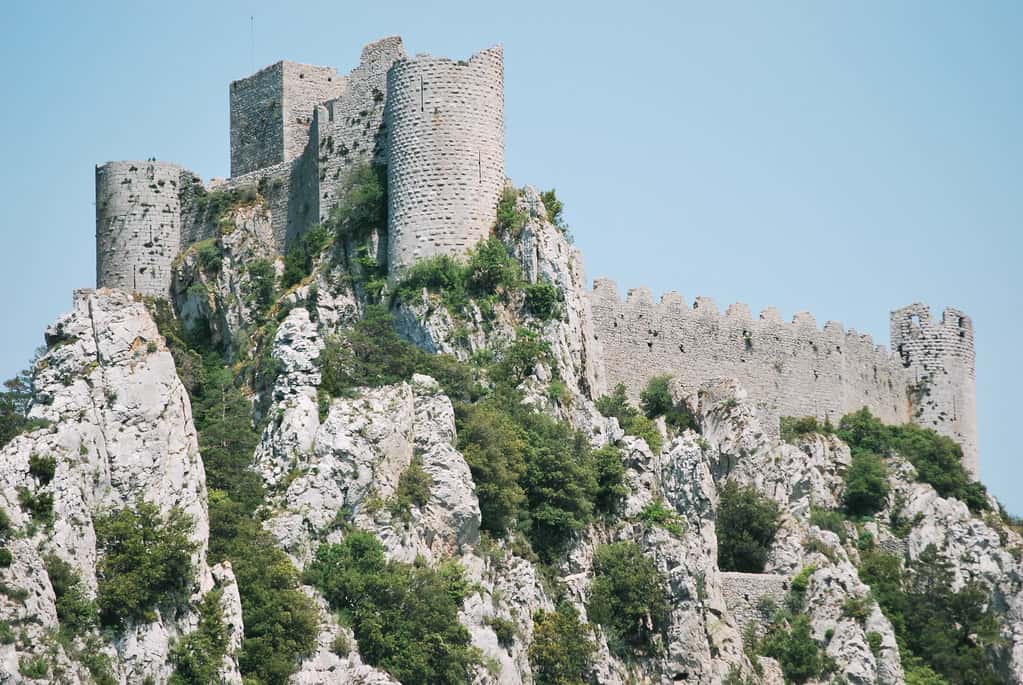
- Puivert: Culture as refuge. The castle, more than a military stronghold, was a cultural space. It was here that troubadours and poets gathered during the Cathar period. Today, its keep offers a unique panoramic view of the valley.
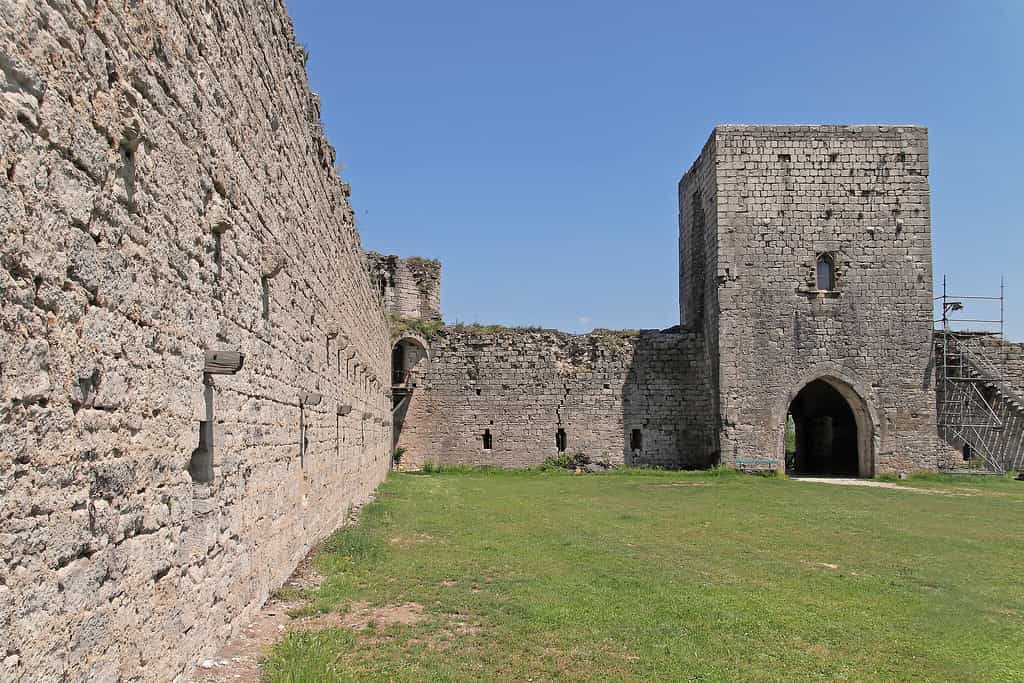
- Quéribus and Peyrepertuse: Impossible fortresses. Perched on rocky spurs, both seem defiant even today, centuries after their construction. Climbing to their towers is to see the world from a different perspective, with the Pyrenees on one side and the Mediterranean on the other.
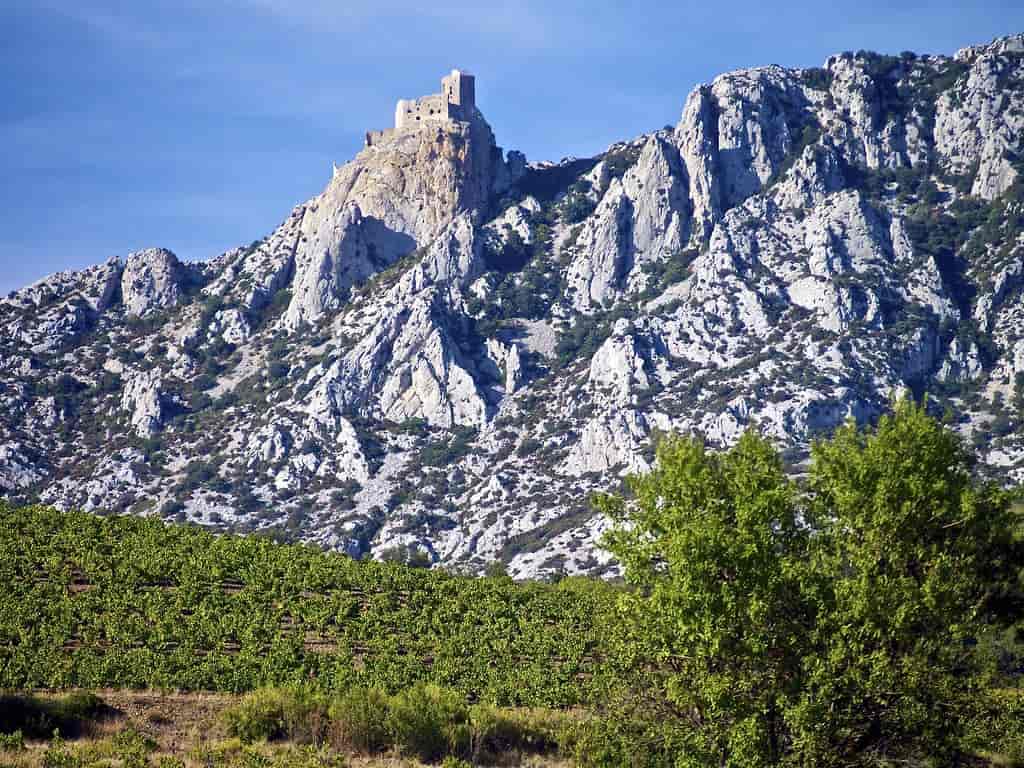
- Port-la-Nouvelle: A final destination by the sea. Reaching the sea after days of mountainous trekking is a true symbol of liberation. Here, the circle closes: from confinement in castles to the opening of the horizon.
A journey through history, landscape, and spirituality
Each stage of this route is imbued with symbolism, making it much more than just a tourist trail. It is a path of introspection, a connection with the past and with oneself. It is also an opportunity to contemplate the beauty of southern France in its purest state: ancient villages, paths through vineyards and mountains, open skies that invite you to pause and breathe.
It is, without a doubt, a route for those who seek not only to walk, but to understand.
Can it be linked to the Camino de Santiago?
The answer is yes, and not only in physical terms, but also spiritual ones.
From Foix, it is possible to connect with the Vía Tolosana of the Camino de Santiago (also known as the Arles Way). This Jacobean route crosses the Pyrenees via the Somport Pass and continues to Jaca, where it joins the French Way. In this way, a traveller can begin their pilgrimage in the Cathar fortresses and end at the tomb of St. James, joining two transformative experiences.
The connection is not immediate or direct, but it exists. Some walkers choose to design their own route linking both trails. Those who first walk the Sentier Cathare and then join the Camino de Santiago will have a doubly enriching experience: first, a forgotten history; later, a universal path.
It is also perfectly possible to walk the Cathar Route in reverse, starting at Port-la-Nouvelle and finishing in Foix. This reverse approach not only facilitates the connection with the Jacobean route, but it also adds a powerful symbolic component: starting from the Mediterranean Sea.
Similarities and differences with the Camino de Santiago
Both the Camino de Santiago and the Cathar Route have something in common: they are not just paths, they are processes. However, they present notable differences that are worth considering:
Infrastructure
On the Camino, especially on routes like the Camino del Norte from Santander to Gijón, the signage is excellent, with hostels, restaurants, and services at nearly every stage. The Cathar Route, on the other hand, is more rugged. There are villages without accommodation, so planning is essential.
Foot traffic
While routes like the Camino Portugués from Porto to A Guarda receive thousands of pilgrims each year, the Cathar Route maintains a much lower profile. This may be a disadvantage for some, but a blessing for those seeking solitude and silence.
Spirituality
The Camino de Santiago has a traditional Christian component linked to the Apostle, but it has also become a broader spiritual experience, open to all kinds of people. The Cathar Route connects with an alternative spirituality, an inner search linked to dissent, resistance, and detachment.
Landscape
If you prefer the Atlantic coast, you can walk the Camino from A Guarda to Santiago. But if mountain trails, hanging castles, and endless views are your thing, the Cathar Route will take your breath away.
Preparation
To reach the Cathedral of Santiago, you can rely on the help of specialised Camino de Santiago agencies which make the logistics much easier. On the Cathar Route, it’s you, your backpack, and the map. It is a more independent, more “wild” experience, but also more freeing.
Practical tips for preparing your journey
- Recommended time: spring (April-June) and autumn (September-October). Summer can be very hot and dry, and winter brings snow to the higher stages.
- Physical level: medium-high. There are significant elevation changes, especially in the mountain stages.
- Accommodation: chambres d’hôtes, rural houses, small hotels. Booking in advance is necessary.
- Food: not all villages have bars or restaurants. Carrying provisions is essential.
- Signage: generally good, but some sections can be confusing. Offline map apps or GPS are always recommended.
- Documentation: carrying a historical guide on Catharism greatly enriches the experience.
The pilgrimage experience beyond Compostela
What if the true path didn’t have a fixed goal? What if the learning didn’t depend on reaching a sacred place, but on the journey itself?
The Cathar Route offers just that: an experience of detachment. There is no Compostela waiting for you at the end, but there is silence, castles, wind, effort, and revelation. It is a route that speaks to you without words, one that doesn’t need crowds to be meaningful.
For many, walking it is the ideal preparation to approach the Camino de Santiago with fresh eyes. Others see it as an alternative to continue walking after reaching Santiago.
Is it worth walking the Cathar Route?
Yes, and even more so if you are looking for a distinct, deep, and authentic experience. This route does not offer comforts, it doesn’t guarantee hostels every ten kilometres or international groups walking with you. What it does offer is time. Space. Questions. Connection.
It is a path for those who want something more. For those who aren’t afraid to get a little lost to find themselves completely. For those who know that silence, sometimes, speaks louder than a thousand words.
And you? Would you dare to follow the footsteps of the last heretics?

